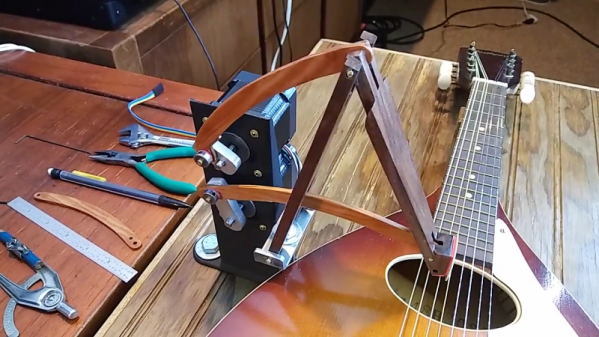Kelly Peng is an electrical and optical engineer, and founder of Kura AR. She’s built a fusion reactor, a Raman spectrometer, a DIY structured light camera, a linear particle accelerator, and emotional classifiers for likes and dislikes. In short, we have someone who can do anything, and she came in to talk about one of the dark arts (pun obviously intended): optics.
The entire idea of Kura AR is to build an immersive augmented reality experience, and when it comes to AR glasses, there are two ways of doing it. You could go the Google Glass route and use a small OLED and lenses, but these displays aren’t very bright. Alternatively, you could use a diffractive waveguide, like the Hololens. This is a lot more difficult to manufacture, but the payoff will be a much larger field of view and a much more immersive experience.
Continue reading “Supercon: Designing Your Own Diffractive Optics”














